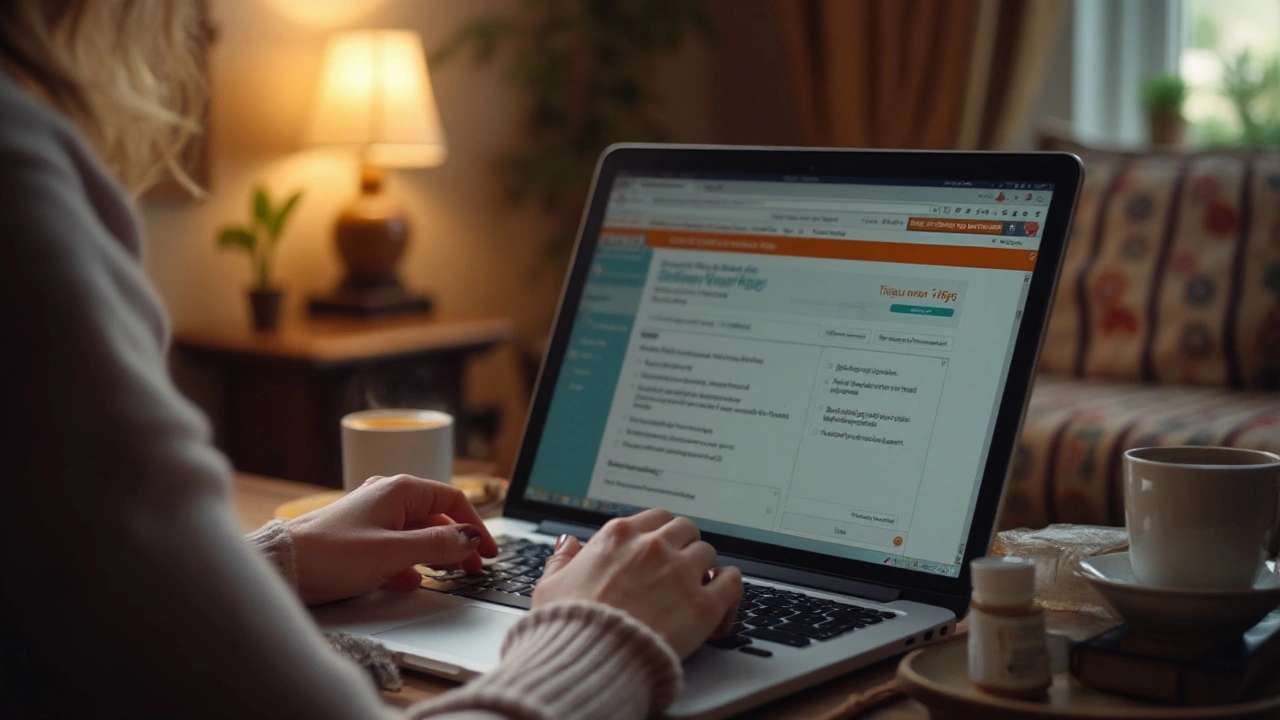- Viagra Alternatives: 8 Options to Consider for Better Bedroom Confidence Apr 23, 2025
- Top Trusted Alternatives to RxConnected for Affordable Medications Dec 11, 2024
- Managing Rosuvastatin Side Effects Naturally: Tips & Remedies Oct 26, 2025
- How Liver Failure Affects the Heart: Hemodynamics, Risks, and Care Aug 28, 2025
- How to Prepare for a Medicare Annual Medication Review: A Step-by-Step Guide for Seniors Dec 6, 2025
Levofloxacin Prescription: What You Need to Know
Levofloxacin is a broad‑spectrum antibiotic that doctors often write for infections like pneumonia, urinary tract infections, and skin wounds. If you’ve just gotten a prescription, you probably have questions about how to take it, how much to use, and what to watch out for. Below is a straight‑forward rundown so you can feel confident using this medicine safely.
Typical Dosage and How to Take It
The exact dose depends on the infection type, your age, and kidney function. For most adult infections, doctors prescribe 500 mg once daily, but some cases call for 750 mg. Children usually get a weight‑based dose, often expressed in milligrams per kilogram. Take the pill with a full glass of water; food doesn’t usually affect absorption, but if you have an upset stomach, a light snack can help.
Set a reminder or use a pill organizer so you don’t miss a dose. Skipping a dose can let bacteria survive and become resistant. If you realize you missed one, take it as soon as you remember—unless it’s almost time for the next dose. In that case, just skip the missed one; don’t double up.
Common Side Effects and When to Seek Help
Most people tolerate levofloxacin well. The most frequent complaints are mild stomach upset, headache, or dizziness. These usually fade after a few days. If you notice tendon pain, especially in the shoulder, knee, or Achilles, stop the drug and call your doctor right away—fluoroquinolones can, in rare cases, cause tendon rupture.
Serious reactions like rash, fever, or difficulty breathing could signal an allergic response. Seek medical attention immediately if any of these appear. Also, avoid taking levofloxacin with antacids that contain aluminum or magnesium, as they can lower the drug’s effectiveness.
Because levofloxacin can affect blood sugar, diabetic patients should monitor their levels closely while on the medication. If you’re pregnant, nursing, or have a history of seizures, discuss alternatives with your healthcare provider.
Finish the entire prescription, even if you start feeling better before the last pill. Stopping early may let the infection come back, sometimes harder to treat.
Having a clear plan for taking levofloxacin helps you get rid of the infection fast and keeps you safe from avoidable side effects. If anything feels off, don’t hesitate to reach out to your pharmacist or doctor—they’re there to help you navigate the treatment smoothly.
How to Safely Buy Levaquin Online: Tips, Facts, and Trusted Sources
- Garrick Elderton
- Aug 12, 2025
Find out where and how to buy Levaquin online, get tips on safety, trusted pharmacies, and know what to avoid. Read this guide to make smarter choices.
